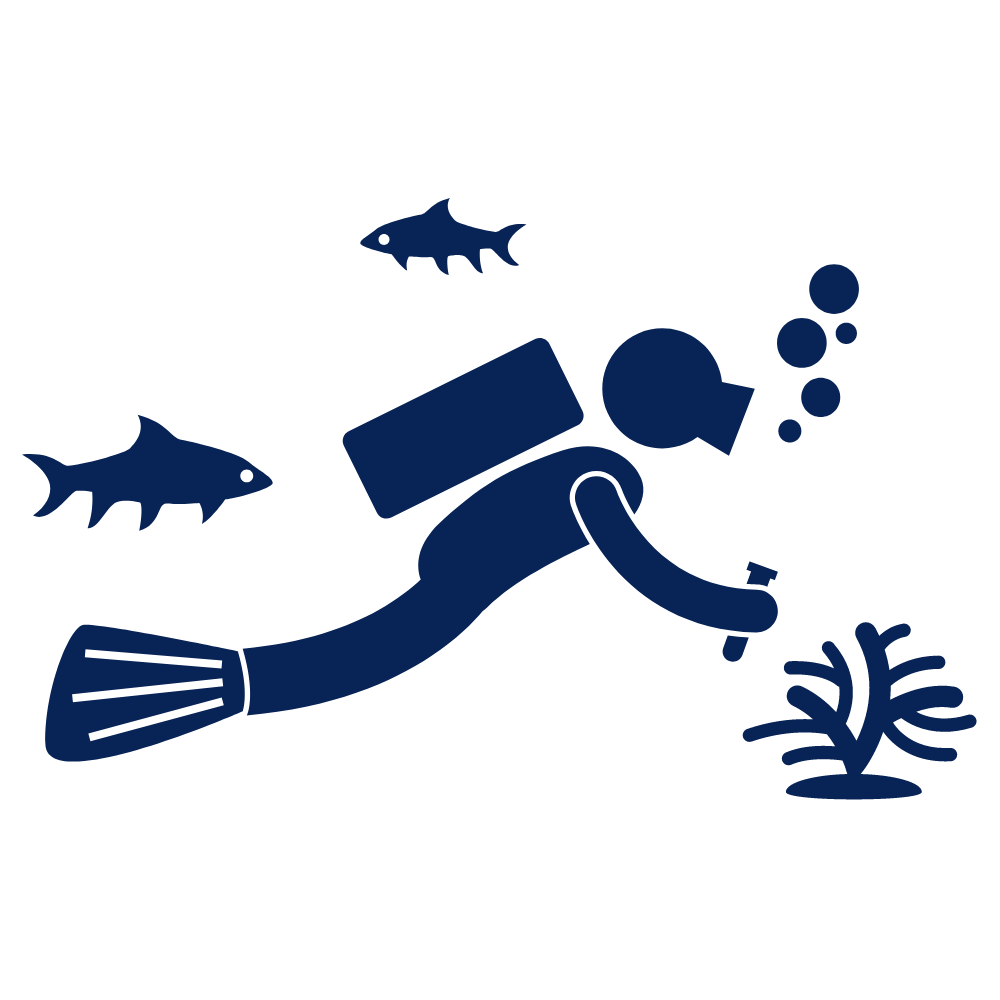Posted by Rick Civelli | 05.17.2012 | Marine Science
How much more plastic is there in the Pacific Garbage Patch?
 It is hard not to see the evidence of the increasing amounts of plastic on the ocean. Grocery bags glide along the surface like ocean tumbleweeds. Drinking straws bury themselves upright in the sand, bending and waving ominously. Plastic pieces photodegrade into festive colored confetti fragments. We’ve all seen it, but now we’ve begun to quantify this apparent increase.
It is hard not to see the evidence of the increasing amounts of plastic on the ocean. Grocery bags glide along the surface like ocean tumbleweeds. Drinking straws bury themselves upright in the sand, bending and waving ominously. Plastic pieces photodegrade into festive colored confetti fragments. We’ve all seen it, but now we’ve begun to quantify this apparent increase.
A new study published in Biological Letters seeks to do just that by examining past and present ocean samples and looking for changes over time. What the group found was startling. The researchers concluded that there has been a 100 fold increase in plastic debris in the Great Pacific Garbage Patch in just the past 40 years.
Many species are struggling to adapt to the changing ocean composition, but some are persevering. Interestingly enough, the marine insect commonly known as the sea skater is faring better than most with the increasing flood of permanent plastic. These insects, similar to water striders seen in freshwater, rely on floating flotsam as a place to lay their eggs. Previously they had to use seashells, bird feathers, and tar lumps when they came upon them. But now, with the increase in the floating plastic, there is ample habitat for their brood. With the sea skater population increasing, this will certainly provide more food for their crab predators, potentially enhancing their population as well. This is one of the first documented cases of plastics being beneficial to marine species.
However, this potential boon for sea skaters,  also comes with a heavy cost for a wide variety of other ocean denizens. We are all too familiar with the consequences of sea turtles, whales, and sea birds ingesting the plastics, causing impaction and potentially death. Then there are the instances of entanglement, which has claimed the lives of many obligate air breathers. The same researchers that concluded the 100 times increase in plastic, found that 9% of the fish they collected had ingested plastic. They hypothesize that mid-depth fish in the North Pacific are ingesting plastic at a rate of 12,000 – 24,000 tons a year!
also comes with a heavy cost for a wide variety of other ocean denizens. We are all too familiar with the consequences of sea turtles, whales, and sea birds ingesting the plastics, causing impaction and potentially death. Then there are the instances of entanglement, which has claimed the lives of many obligate air breathers. The same researchers that concluded the 100 times increase in plastic, found that 9% of the fish they collected had ingested plastic. They hypothesize that mid-depth fish in the North Pacific are ingesting plastic at a rate of 12,000 – 24,000 tons a year!
Plastics have not been part of our everyday world for very long. They only became widespread during the late 1940s/early 1950s. Despite its relatively recent debut in the consumer market, we have certainly made quick (and often wasteful) use of the product. A walk through your local supermarket will reveal isles full of plastic display, making that 100 fold increase seem very plausible. Maybe that number is even on the low side, but there is a continuous supply of plastics streaming into all of our ocean gyres to bolster the ones already out there. Plastics do not naturally biodegrade, so plastics from 2012 are joining plastics from the 1950s, 60s, 70s, 80s, and so on forming a soup of debris that will not be going away anytime soon. So please remember to reduce, reuse, and recycle – with a strong emphasis on reduce.


 Marine Bio
Marine Bio SCUBA
SCUBA Travel
Travel School Groups
School Groups Sign Up
Sign Up CONTACT
CONTACT CAMPS
CAMPS ABOUT
ABOUT